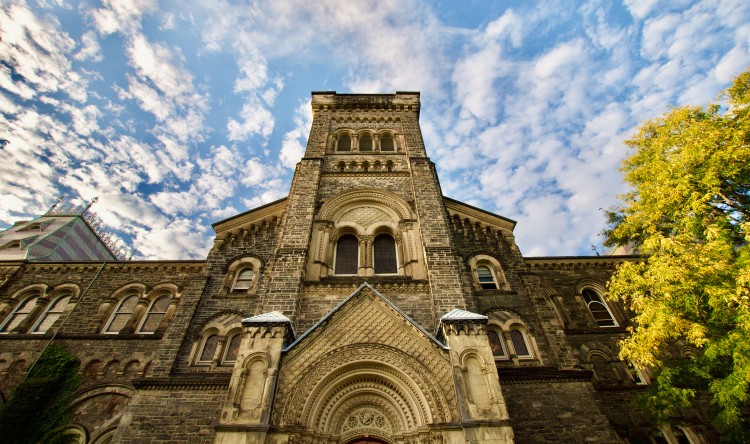What are deep energy retrofits, and why do they matter?
You may have heard about deep energy retrofits planned on campus. What are they and why are they so important to our climate positive future?
The University of Toronto is making major strides in reducing its carbon footprint and has continuously placed sustainability at the forefront of its operations.


There has been talk on campus about one approach especially that will contribute significantly to decarbonizing the campus—the implementation of deep energy retrofits.
What is it and why is it ‘deep’
“To reduce the environmental impact of operating our campus buildings, it’s important to first reduce energy demand such as heating and cooling, then meet that smaller demand with low carbon energy sources,” says Associate Professor at the Department of Civil & Mineral Engineering, Marianne Touchie.
Energy retrofits are building upgrades performed to reduce energy consumption and lower carbon emissions.
To be considered a deep energy retrofit, an upgrade must meet a specific standard.
As the word ‘deep’ implies, deep energy retrofits involve a significant overhaul of a building’s energy systems to reduce greenhouse gas emissions by at least 80% and reduce total energy use between 40% and 50%, according to Sherif Shakour, a senior utilities reduction manager at U of T’s Sustainability Office.
What’s involved
A typical deep energy retrofit of a building involves a combination of upgrades to the building envelope, mechanical systems, and occupant health and comfort.
Improving the building envelope involves modifying or replacing exterior walls, windows, roofs, and doors. But for U of T’s more energy intensive research buildings—the biggest opportunity lies in mechanical system upgrades.
Mechanical system upgrades involve replacing legacy heating, ventilation, and air conditioning (HVAC) systems with newer technology as well as optimizing building controls.
One prime example is heat pumps, which, by reusing excess heat, are over three times more efficient than gas reliant systems. In addition, with a relatively clean electricity grid such as the one we have in Ontario, heat pumps, which operate using electricity from the grid, result in over a 75% reduction in carbon per energy unit.
What’s the big deal
Deep energy retrofits are indispensable to U of T’s climate positive future.
Deep energy retrofits will contribute a significant portion—around 20% or 29,000 tons of CO2 equivalent—of the measures necessary to successfully reach our carbon emission targets while continuing to produce cutting-edge research and maintaining the historical character of our campus.
This is particularly crucial for laboratory buildings as they are the most energy-intensive structures on campus. Embracing these retrofits offers an exciting chance to make substantial strides towards our sustainability goals.
“We strive to implement the latest technologies in the most innovative solutions to achieve our ambitious targets,” says Shakour about their mission to use deep energy retrofits as an important step in U of T’s decarbonization journey.
Interested in learning more and getting involved? Read about the ways we are transforming our campus and participate in our sustainable change programs.
